The Best of Kyoto: Tenryu-ji Temple
“Beauty surrounds us, but usually we need to be walking in a garden to know it.” – Rumi
If I ever return to Kyoto (cross my fingers), Tenryu-
BONUS: I've created a FREE detailed PDF version of this 3-week Japan itinerary. The guide also includes step-by-step instructions for buying and using your Japan Rail Pass.
Disclosure: This post may contain affiliate links. As an Amazon Associate and a Bookshop.org Associate, I earn from qualifying purchases. Please see this website's Disclosure for more info.
Tenryu-ji Temple
Cost: ¥800 ($7.20 / €6.40 / £5.50) for garden and temple buildings
OPEN: Summer: 8:30 am–5:30 pm; Oct 21-March 20: 8:30 am–5:00 pm
Type of Temple: Zen Buddhism of the Rinzai school
Founded: 1399
Main Features: Sogenchi Garden with a lotus pond, main hall, drawing hall, several beautiful wooden corridors, and a Zen vegetarian restaurant
Tenryu-
The origins of the temple have to do with an interesting story of betrayal. The warlord Ashikaga Takauji forced his ally and friend Emperor Go-Daigo to go into exile (probably so he could have all the power), and then Ashikaga named himself Shogun, which did indeed give him all the power. Five years later while still in exile, Go-Daigo died. After his death, the Shogun’s younger brother had a dream, which was interpreted as a premonition that Go-Daigo was seeking revenge on the Shogun for what he had done. To appease the former Emperor’s spirit, it was suggested by the future abbot of the temple, Muso Soseki, that Ashikaga build Tenryu-
How to get to Tenryu-ji ?
This tourist attraction takes the longest to get to of all the sites. The best thing to do is to download the Navitime app to your phone. It has the schedule for all the buses, trains, and subway lines in Kyoto.
- Downtown Kyoto (Kawaramachi Sanjo area) – Take bus #11. Get off at Tenryu-Ji bus stop. It took my bus 45 minutes to get there. An alternative is to take the Keifuku Train Line.
- Kyoto Station area – Take the JR Sagano line and get off at Saga-Arashiyama Station.
What to see and do at Tenryu-ji ?
After you’ve paid the entrance fee for both the garden and buildings, you’ll need to take off your shoes to enter the temple buildings. You can just see the grounds for ¥500, but in my opinion, being able to sit in silent contemplation on the main hall’s veranda overlooking the garden was what made this visit so special. In addition, architecturally, the buildings and walkways are beautiful.
The first building you enter is the main hall.
The main hall overlooks the temple’s stunning garden called Sogenchi. It was designed in the 14th century by a famous Zen master and designer of gardens named Muso Soseki.
The garden incorporates the view of the mountains and forest behind the temple into the design of the garden. You can see them in the reflection of the pond. This Japanese technique of borrowing the natural surrounding elements into a garden’s design is called Shakkei, or borrowed scenery.
The main hall has a wooden veranda that you can sit down on and gaze out at the lotus pond in silent contemplation. You can clear your mind of all your worries and be in the present. Meditate. Rest. Write in your journal. But please whatever you do, don’t look at your phone.
Although the other temple buildings burned down several times (8 times to be exact), the design of the garden is the same as it was under Muso Soseki.
After you’ve spent time appreciating this stunning garden, go to another room attached to the Main Hall. It’s either called the Drawing Hall (Shoin) or the Abbot’s Quarters. As you can see in the picture, the hall is very simple in design with tatami mats covering the floor. There are sliding doors that open up to the garden.
It looks nothing like any other Buddhist temple I’ve been to in other countries. Where are the Buddha statues? The Goddess of Mercy? Buddha’s guardians with the angry faces? I never would have guessed that this was a Buddhist place. The reason why there aren’t any statues is that Zen Buddhism emphasizes meditation over worship.
One of the few decorations in the room was this interesting scrolled painting of this serious and angry man. Who is he? Was he the person responsible for designing the temple’s garden, Muso Suseki? I later found out that he’s the Bodhidharma (Daruma in Japanese), who’s known as the founder of Chan Buddhism in China (called Zen in Japan). According to legend, he’s also the person responsible for introducing kungfu to the monks at the famous Shaolin Monastery. Another famous legend is that while at Shaolin, Bodhidharma sat in a cave and meditated without speaking to anyone for 9 years. What’s even more fantastic is that during the 7th year, he fell asleep. He became so angry with himself for sleeping that he cut off his eyelids. I guess that’s why Bodhidharma is the symbol of grit and determination.
You can walk from the hall with the tatami mats via a beautiful covered walkway to a memorial hall whose purpose is to appease the vengeful spirit of Emperor Go-Daigo.
Then put your shoes back on and head for a stroll around the gardens. On the other side of the Main Hall from the lotus pond, there is a rock garden that has been raked into a pattern.
After looking at the dry landscape garden, return to the other side of the main hall and take a leisurely stroll through the garden to the North Gate exit. Once you exit Tenryu-
You might be interested in these posts:
What time to visit Tenryu-ji ?
Combine your visit to Tenryu-
Where to eat near Tenryu-ji ?
There are lots of restaurants near Tenru-
These are the restaurants that repeatedly turned up on lists of recommended restaurants in Arashiyama. I’ve marked them on the map above.
- Shigetsu – They serve Kyoto temple food (vegetarian). The restaurant is inside the grounds of Tenryu-Ji Temple. It’s a bit hard to find. A set meal is between 3,000 and 7,000 yen (US$27-$63).
- Yudofu Sagano – They serve kaiseki food. Check out a review here.
- Arashiyama Yoshimura – They serve soba noodles.
- Arashiyama Udon Ozuru – This is where I ate. They serve udon noodles. I had a set meal for 1430 yen (US$13). It was ok. Nothing special.
Conclusion
Much of the historical, religious, and architectural information in this article came from Zen Gardens and Temples of Kyoto: A Guide to Kyoto’s Most Important Sites by John Dougill.
PRO TIP: No one likes to think about insurance, but accidents do happen. I highly recommend getting travel insurance. During my travels over the past 2 years, I've been using SafetyWing for my insurance. They're very affordable for all ages, and digital nomads can use their insurance long-term.
Pin it for Later
Looking for more on Japan?
- Japan Itinerary: The Perfect 3 Weeks in Japan
- Tokyo Itinerary: How to Spend 4 Perfect Days in Tokyo
- Hakone Itinerary: How to Spend 2 Days in Hakone
- Kyoto Itinerary 4 Weeks: A City of a Million Temples
- Nara Itinerary: The Perfect Day Trip from Kyoto
- Matsumoto Itinerary: Exploring Japan's Coolest Castle
- Shirakawago Itinerary: Enter a Japanese Fairytale
- The Ultimate Day Trip to Hiroshima and Miyajima
- Kamikochi Hiking: The Perfect Day Trip from Takayama
- Takayama Itinerary: Travel Back in Time to Old Japan
- The Best Ever Guide to Japan's Tateyama Kurobe Alpine Route
- Top 10 Must-See Places to Visit in Kyoto
- 13 Things You Need to Know Before Going to Japan
- The 20 Best Novels to Read Before Visiting Japan
What is your favorite site in Kyoto? If you’re planning a trip there, what are you most looking forward to seeing?
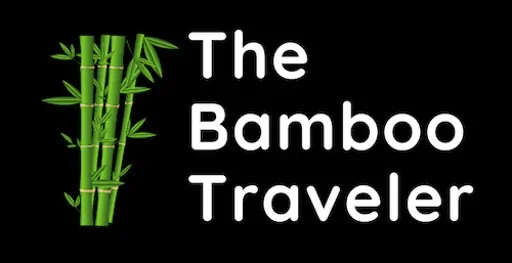




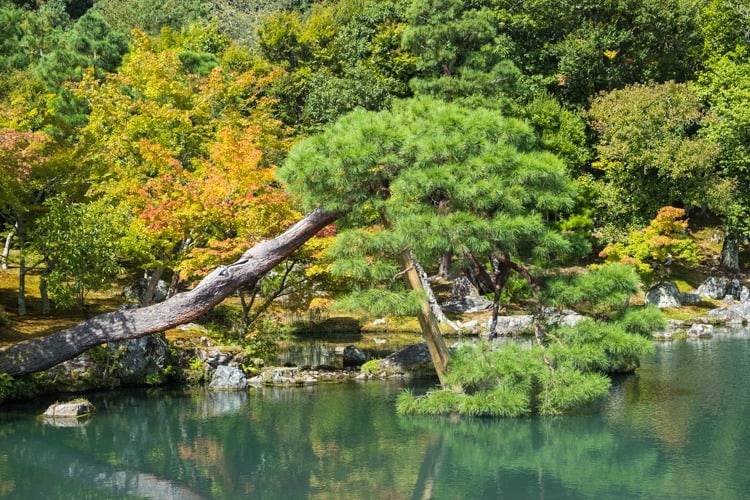

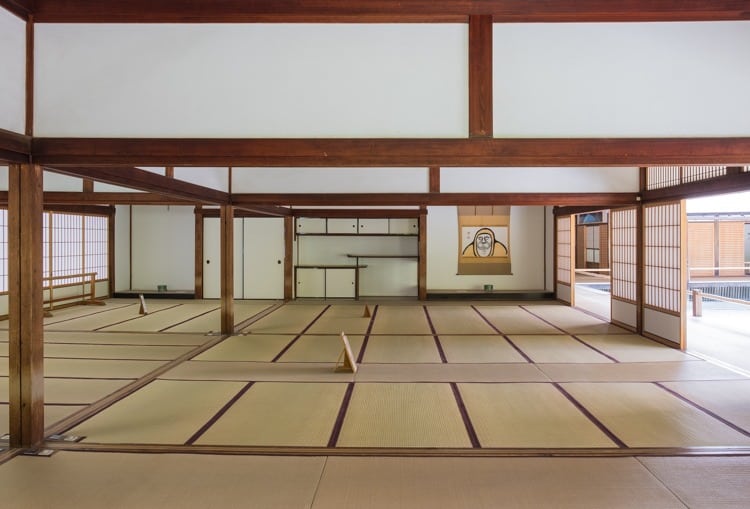
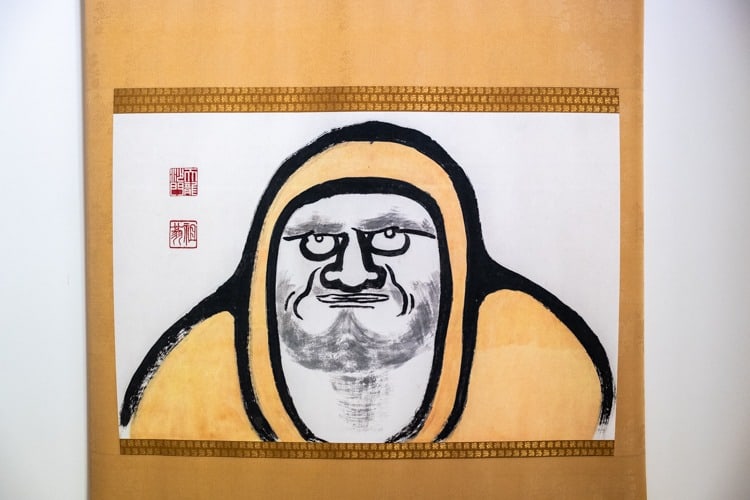

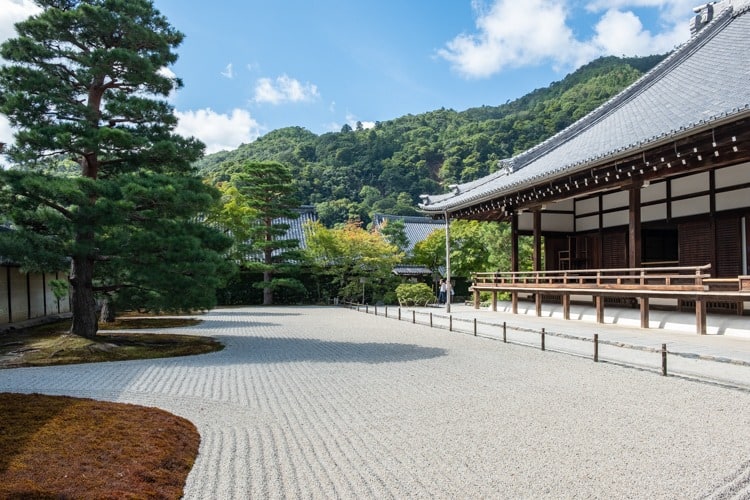






0 Comments